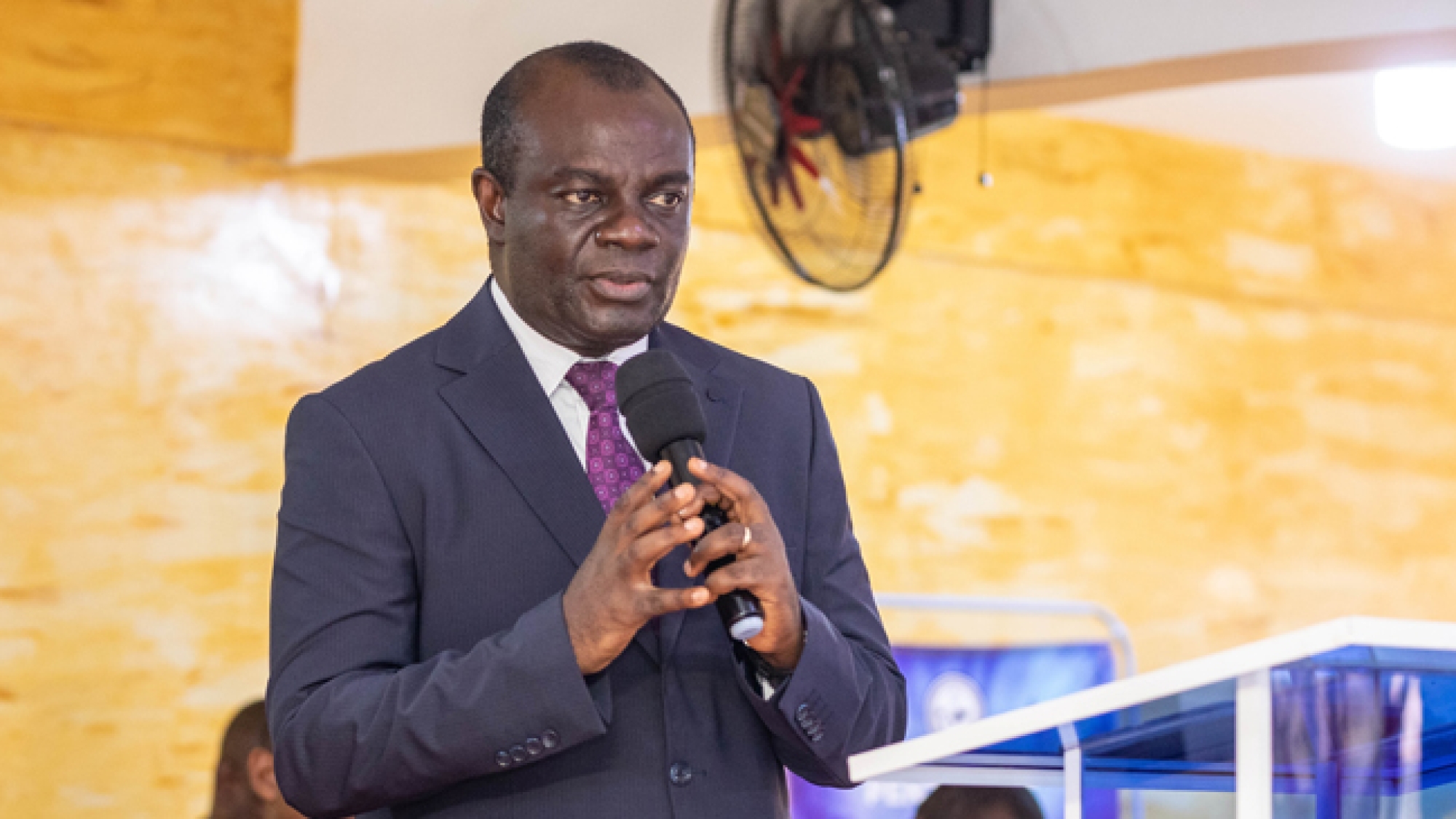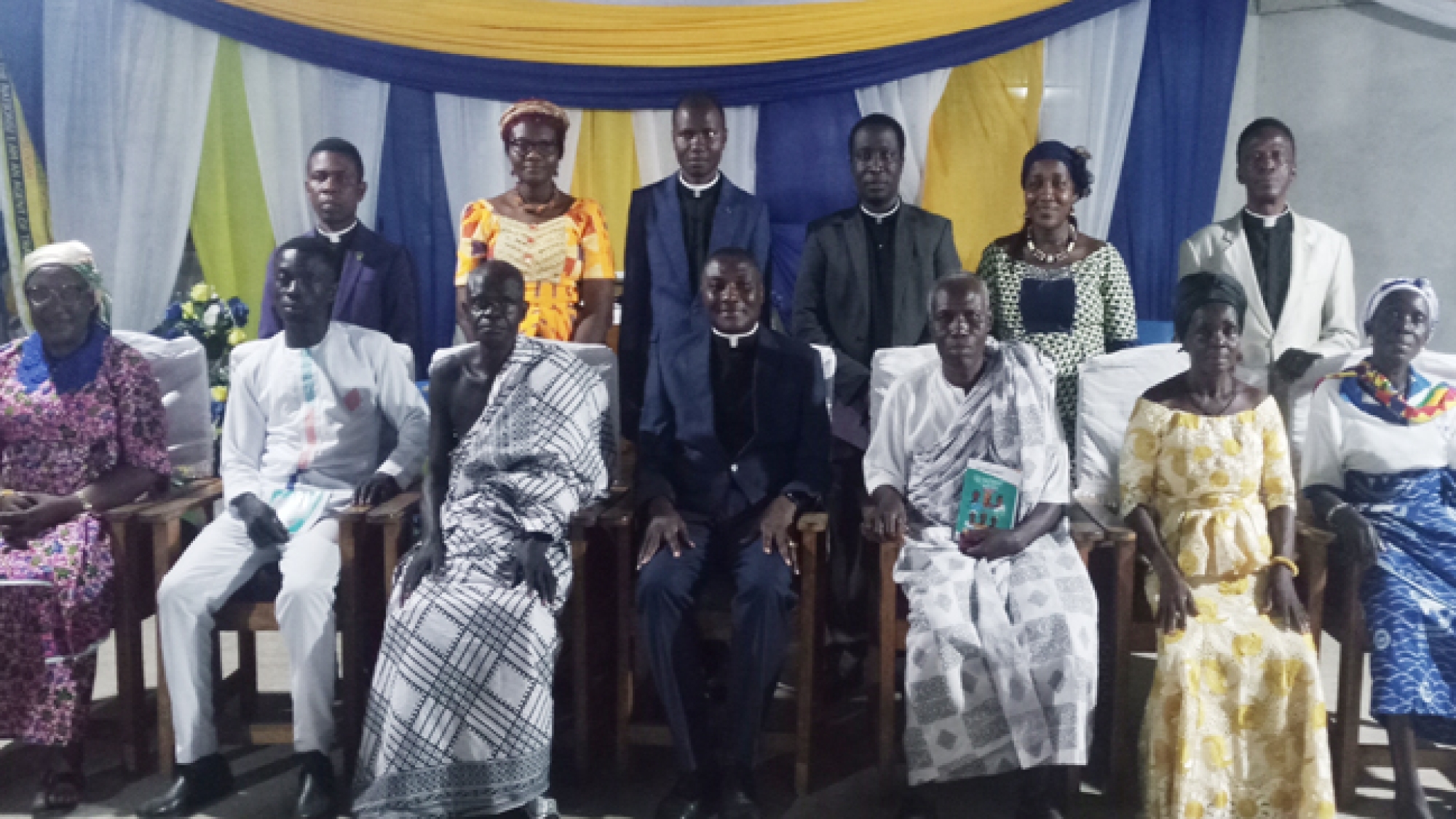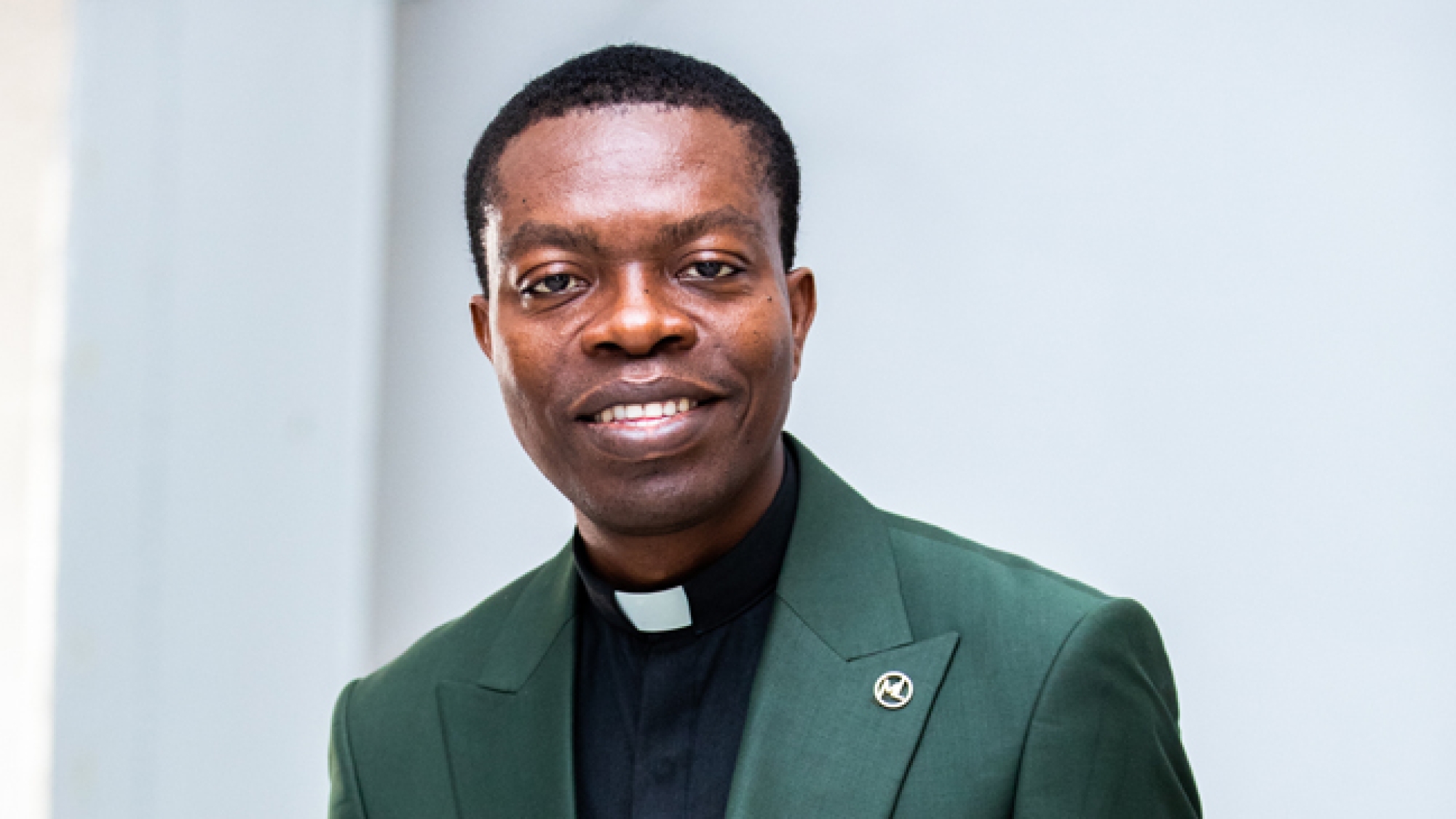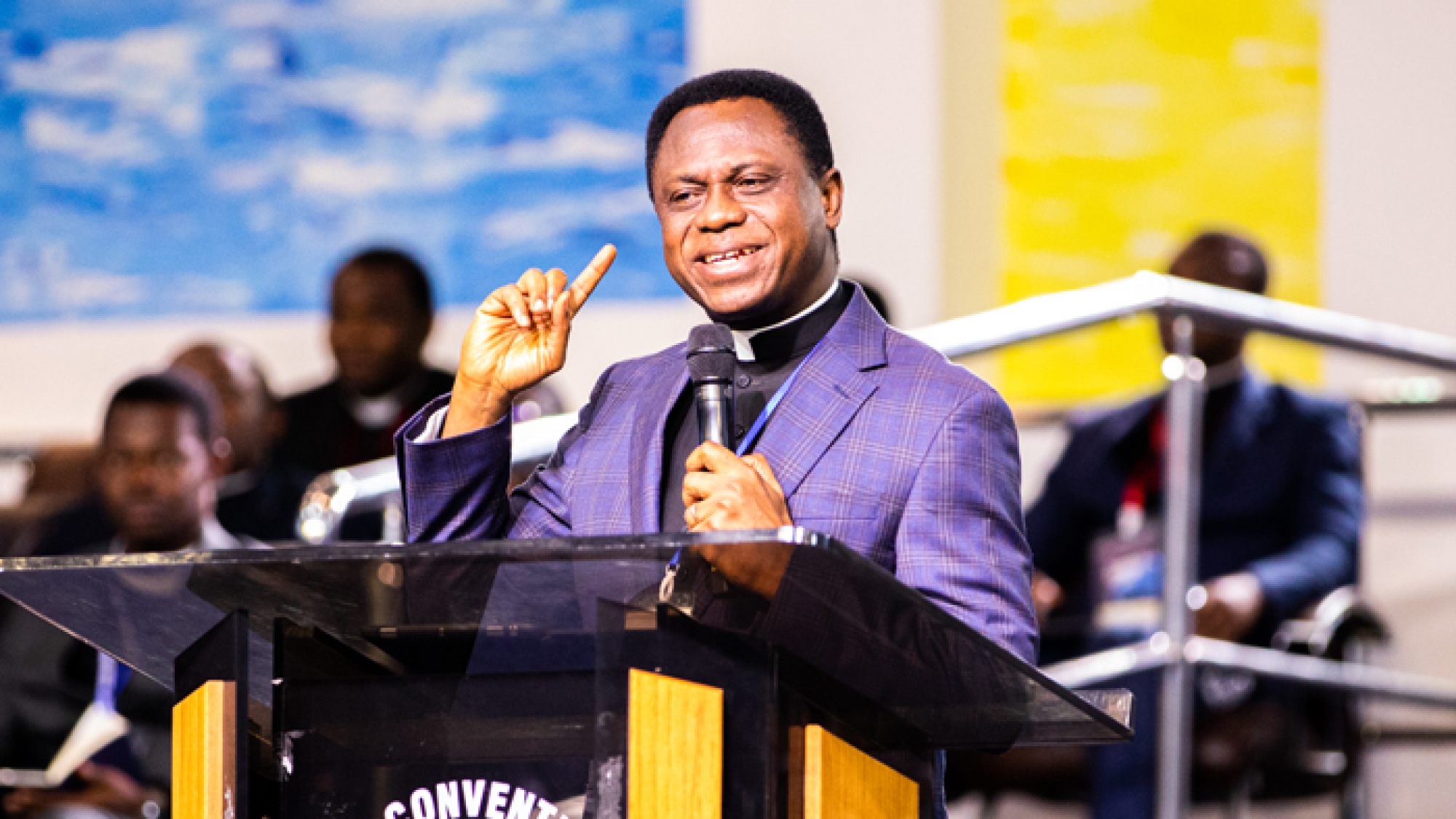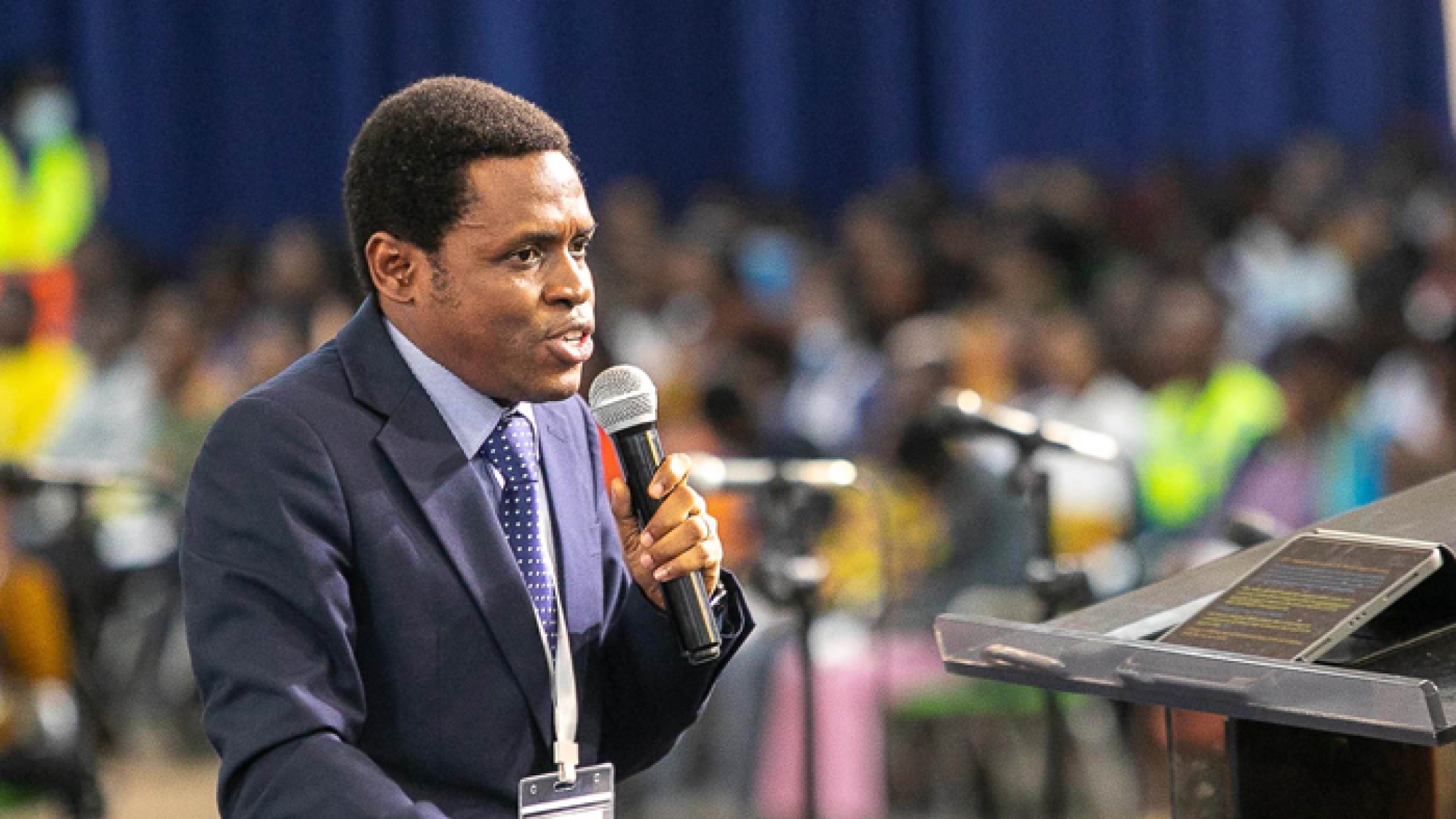INTRODUCTION
I have been out of PENSA GHANA Conferences for a while now until I was privileged to join this year’s – Transformers edition at the Pentecost Convention Centre (PCC), Gomoa Fetteh.
The event was wrought with great ministrations, exciting times of worship, deep spiritual encounters and thrilling times of refreshing typical of PENSA Conferences, including new terms like “Heeeeeeeaaat.”
One thing that caught my attention was the Shachah night, which is usually devoted to drama, choreography, and great music.
I sat through the service, relishing the moment and enjoying the expressions of creativity and artistry by these young people amidst the laughter, cheers, and exhilaration; my writing instincts were triggered as an attempt to contribute to the discourse of the unleashing agenda.
I consider the Ministry of Drama and Dance a strategic weapon that can be leveraged as a major contribution to the unleashing agenda.
In this article, I will attempt to offer reflections on some factors that make the ministry of drama and dance a worthy one to consider.
THE PLACE OF DRAMA AND DANCE IN CLASSICAL PENTECOSTALISM
Over the years, Classical Pentecostals have been noted for our simplicity, conservatism and calm disposition when it comes to matters of Christian entertainment.
Many times, the discipline associated with classical Pentecostalism to stick religiously to our doctrine underpinned by the foursquare gospel of Jesus Christ, the Saviour, the Healer, the Baptiser of the Holy Spirit and as the soon-coming King gives little room for consideration of the proclamation of the gospel in other forms apart from the traditional pulpit approaches.
However, in contemporary times, the narrative is changing, and the wind of change that is paddling The Church of Pentecost following the unveiling of Vision 2023, which is being continued through Vision 2028, is vital.
With the call by our dear Chairman, Apostle Eric Nyamekye, for us to have the Joshua Mentality that rides on boldness, faith and a pioneering spirit, stepping out of our comfort zones and daring to do things differently is imminent; hence, the conscious call for room to be created for drama and dance ministries in the Church.
WHAT THE DANCE AND DRAMA MINISTRIES BRING TO THE TABLE
Reflecting on the impact of the dance and drama ministrations I witnessed during the conference, the following thoughts come to mind
1. OPTIMISATION OF GIFTS AND TALENTS
It is clear from my observation that there is a pool of talents and gifts within the Church whose potential has not been maximised. These are the actors, actresses, scriptwriters, content creators, dancers, etc. However, with space created for dance and drama ministries, these untapped talents would be leveraged and utilised for the Lord’s glory. For example, the PENSA Literary Society at the University of Ghana and Aroma Theatre at the University of Cape Coast have, over the years, been churning out talented creators who have had their giftings buried for lack of room for expression. With the creation of such ministries in the Church, these creative geniuses would be unveiled and optimised for impact.
2. SATISFYING THE SCREEN GENERATION
The contemporary generation is being described as a screen generation. In other words, our visual information-gathering tools have become very strong to the extent that our auditory skills are becoming dormant. What that means is that most young people are more connected to what they see with their eyes than what they read. With that understanding, communicating values, principles, and ethics that bring transformation becomes meaningful if they can be packaged and shared in creative forms. This would be possible by the Ministry of Drama and Dance.
3. A TOOL FOR HEALTHY LIVING, PHYSICAL FITNESS & EXERCISE
Another factor for the dance ministry in the Church is that it can be used as a tool for healthy living, physical fitness and exercise. The Apostle Paul, while encouraging his son Timothy to pursue godliness, admonished in passing that bodily exercise is of value. I see the dance ministry as a channel for young people to dissipate their energies in a positive way. This observation became more apparent as I observed the passionate movements in structured, patterned dance moves by the literary society. The swinging of their arms up and down, the strides and the two-step bounce, and side-to-side motions draw out lots of energy, burn calories, loosen veins for easy blood flow and deepen the fitness of the actors.
4. DANCE AND DRAMA ARE ENGAGING & EMOTIONAL
The fourth reason for advocating a place for the dance and drama ministries in the Church is that these ministries are engaging and emotional. It is said that congregants are able to retain 30% of pulpit sermons no matter how scripted or articulated the message might have come. This, however, is not the case with dance and drama. The dance expressions to the sound of music and the movements of hands and feet to the tunes have a way of catching the attention of the audience, who are awe-struck by the whole experience. Again, most drama scripts deal with stories patrons are able to relate to, stories that are able to ring a bell in their hearts and capture scenes that are relatable and easy to connect with. As a result, the mental picture of the impact of such ministrations is usually unquantifiably great.
5. DRAMA AS A TRANSFORMATION TOOL
I see drama and dance as Transformation tools. Over the years, nations have shaped perceptions, driven ideologies and shaped cultures through drama and dance. Consciously, policymakers and influencers have wisely scripted and staged through creative plays, skits and dance. Similarly, the kingdom of God ought to consider drama as a tool for initiating, communicating and enforcing the change we desire. The Apostle Paul says he became all things to all men so that by all means, he would win. We can conveniently infer that if Paul were in our days, he would have employed drama as one of the all-means methods to accentuate the message of the gospel.
CONCLUSION
This article aims to trigger the discourse for attention to be given to and space consciously created for the ministry of dance and drama as part of the unleashing agenda. With the call for avenues of ministry to be created both within and outside the walls of the Church, the drama ministry comes in handy as a powerful means of communicating the Word of God. Drama and Dance are not only a source of entertainment but also a structured sacred system of artistry that uses movement, contemplation, dialogue, sound, illumination, and response to bring people to an awareness of God, where they can visualise the revelations in God’s word through encouragement, enlightenment, empowerment, and equipment as an unleashed force to transform their world. May God ignite our pursuit for the ministry of drama and dance in the Church because a picture can convey more meaning than one thousand words.
Written by Pastor Kwasi Asante Annor (General Manager, PENT TV)







